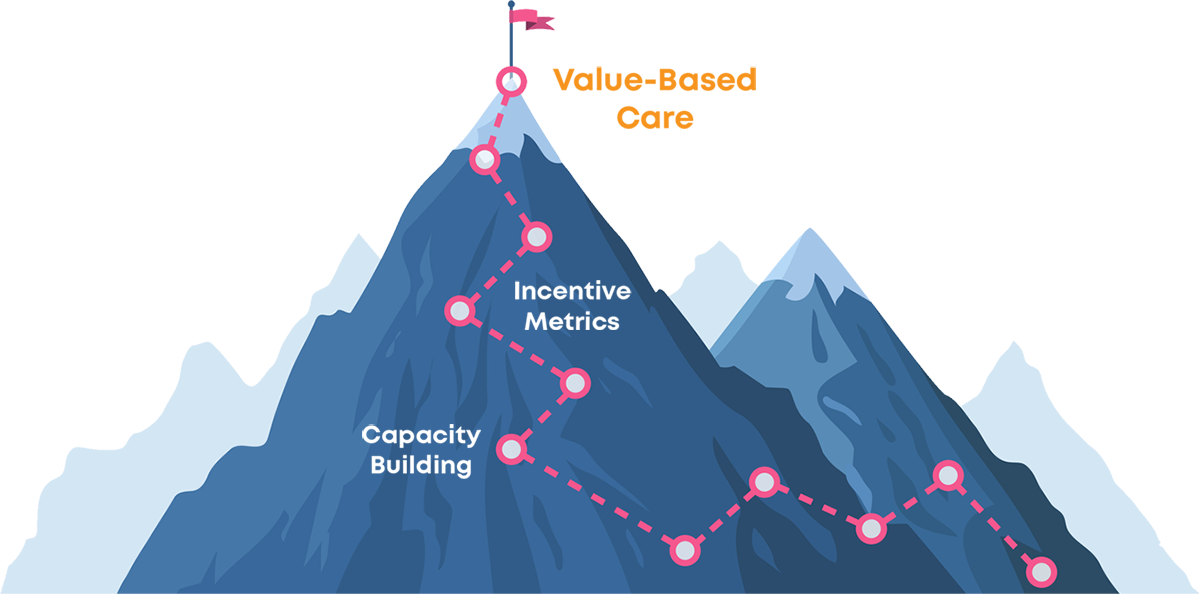Substance Abuse Prevention and Control
"Save the Date", click here
to register for
the R95 Year 3 Kick Off Workgroup Meeting July 15, 2025 - 1:00 PM to 3:00 PM
Location: Almansor Court, 700 South Almansor St., Alhambra, CA 91801
the R95 Year 3 Kick Off Workgroup Meeting July 15, 2025 - 1:00 PM to 3:00 PM
Location: Almansor Court, 700 South Almansor St., Alhambra, CA 91801
Payment Reform - Capacity Building and Incentive Funds
Payment Reform Rate Structure
SAPCs payment reform capacity building and incentive funds is developed to support providers in transitioning from predominantly cost-based practices to fee-for-service system that adapts new organizational practices,
uses of data in decision-making, and prioritizes service delivery and volume.
Success in this effort supports smooth transition to value-based reimbursement (VBR) model.
Foundational to this effort, is SAPCs development of tiered, actuarially-sound rates that are structured based on the number of different levels of care an agency offers (see image to the right). This rate structure offers higher rates for higher tiers and is imbued throughout the capacity building and incentive funds described below and supports efforts to streamline care coordination by increasing continuums of care within agencies.
Foundational to this effort, is SAPCs development of tiered, actuarially-sound rates that are structured based on the number of different levels of care an agency offers (see image to the right). This rate structure offers higher rates for higher tiers and is imbued throughout the capacity building and incentive funds described below and supports efforts to streamline care coordination by increasing continuums of care within agencies.
Tiered Rate Structure
- Base Rates
- Capacity Building Funds
- Incentive Funds
Tiered:
1. Incentive Funds
Incentive Funds(Tiered)
2. Capacity Building Funds
Capacity Building Funds(Tiered)
3. Base Rates
Base Rates Tiered
| Tier 3 Rates | 6+ Levels of Care |
| Tier 2 Rates | 3-5 Levels of Care |
| Tier 1 Rates | 1-2 Levels of Care |
Incentive Programs
The Los Angeles County Department of Public Health’s Bureau of Substance Abuse Prevention and Control (SAPC) designed an incentive metrics package to begin to move the specialty
SUD system away from volume-based and towards a value-based reimbursement structure.
Funds are paid after achieving a performance metric. Metrics are designed to validate whether provider agencies deliver, and patients receive,
outcome-focused services that translate to value-based care.
Incentives
View Resources for Incentive Category
View Resources for Incentive Category

Capacity Building Initiatives
Capacity building initiative is designed to support the provider network and staff development and the movement towards increased training requirements, higher clinical standards, improved service design and payment reform under the Drug Medi-Cal Organized Delivery System (DMC-ODS) and California Advancing and Innovating Medi-Cal (Cal-AIM) Initiative ensuring a strong and sustainable organization.
Workforce Development
View resources for Workforce Development Capacity Building Category
View resources for Workforce Development Capacity Building Category
Access to Care (R95)
View resources for Reaching the 95% (R95) Capacity Building Category
View resources for Reaching the 95% (R95) Capacity Building Category
Fiscal & Operational Efficiency
View Resources for Fiscal and Operational Efficiency Category
View Resources for Fiscal and Operational Efficiency Category
Resources
Forms and Invoices
Access required Capacity Building and Incentive documents, forms and invoices
Access required Capacity Building and Incentive documents, forms and invoices
Upcoming Trainings
View Capacity Building and Incentive trainings and resources
View Capacity Building and Incentive trainings and resources
TBD
Lorum ipsum
Lorum ipsum


 Find your answers here!
Find your answers here!